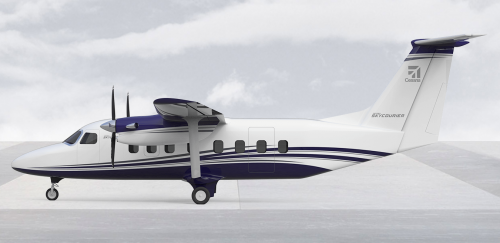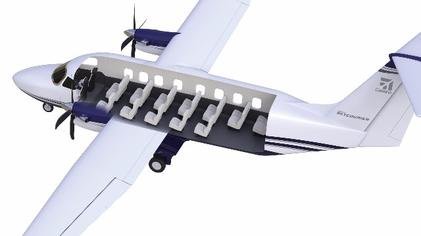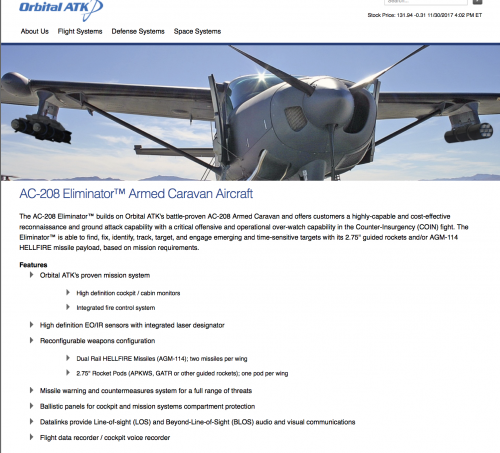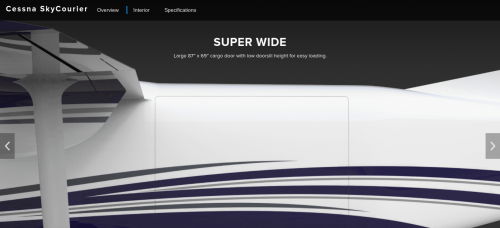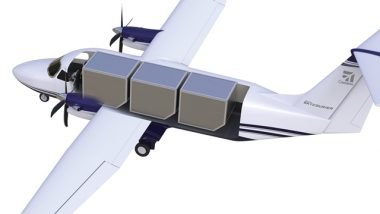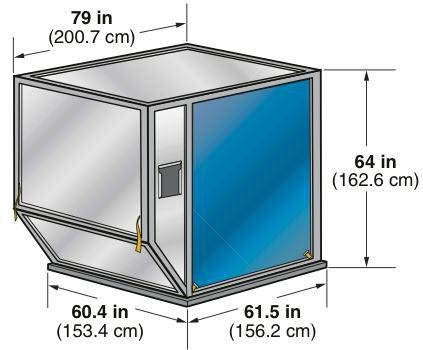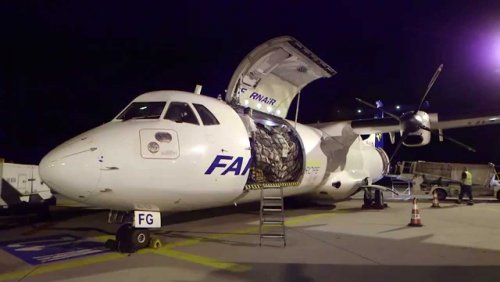- Joined
- 6 September 2006
- Messages
- 4,838
- Reaction score
- 9,481
Textron has revealed and launched the Cessna 408 SkyCourier with a $550 million order from FedEx secured for 100.
The Cessna 408 similar in size to the former Beech 1900 but is aimed at the low-end cargo market (can carry 3x LD3 containers) with passenger variants only aimed at the emerging markets. It's designed to be a rugged and simple aircraft. I think it will probably face pretty stiff competition but it might carve out a small niche and could be successful in the long-term.
https://www.flightglobal.com/news/articles/textron-launches-beech-1900-sized-skycourier-with-fe-443667/
The Cessna 408 similar in size to the former Beech 1900 but is aimed at the low-end cargo market (can carry 3x LD3 containers) with passenger variants only aimed at the emerging markets. It's designed to be a rugged and simple aircraft. I think it will probably face pretty stiff competition but it might carve out a small niche and could be successful in the long-term.
https://www.flightglobal.com/news/articles/textron-launches-beech-1900-sized-skycourier-with-fe-443667/

